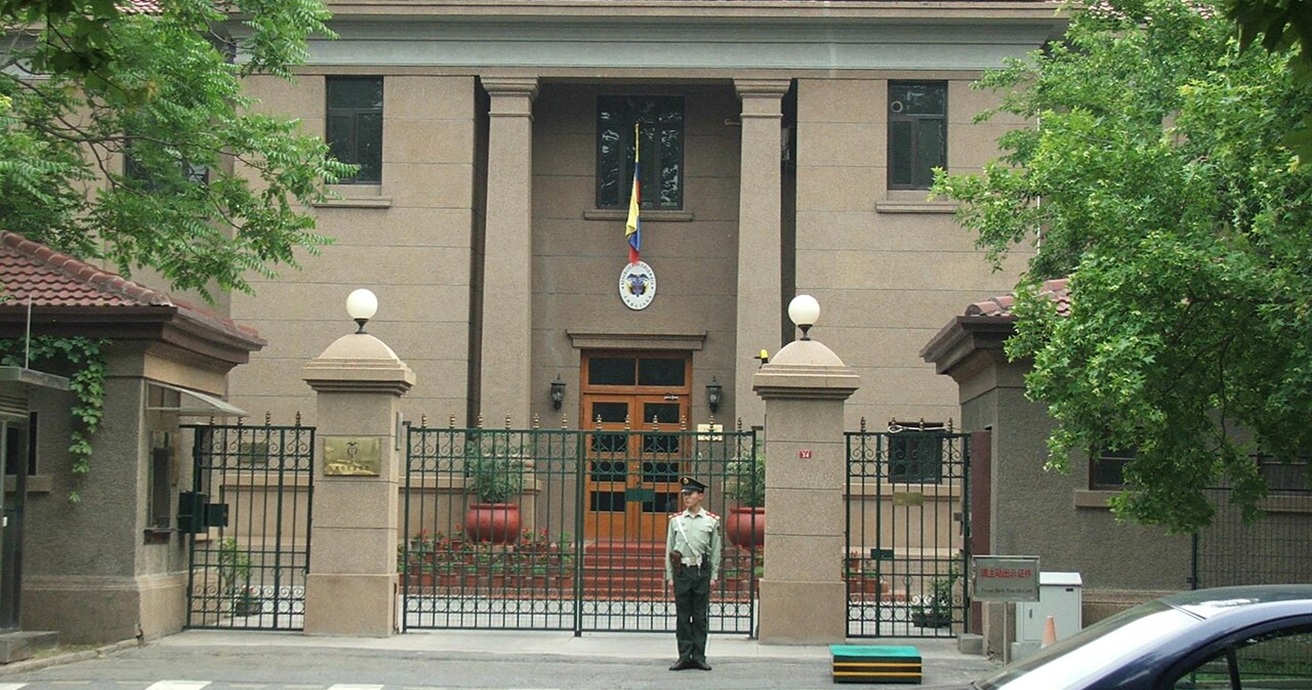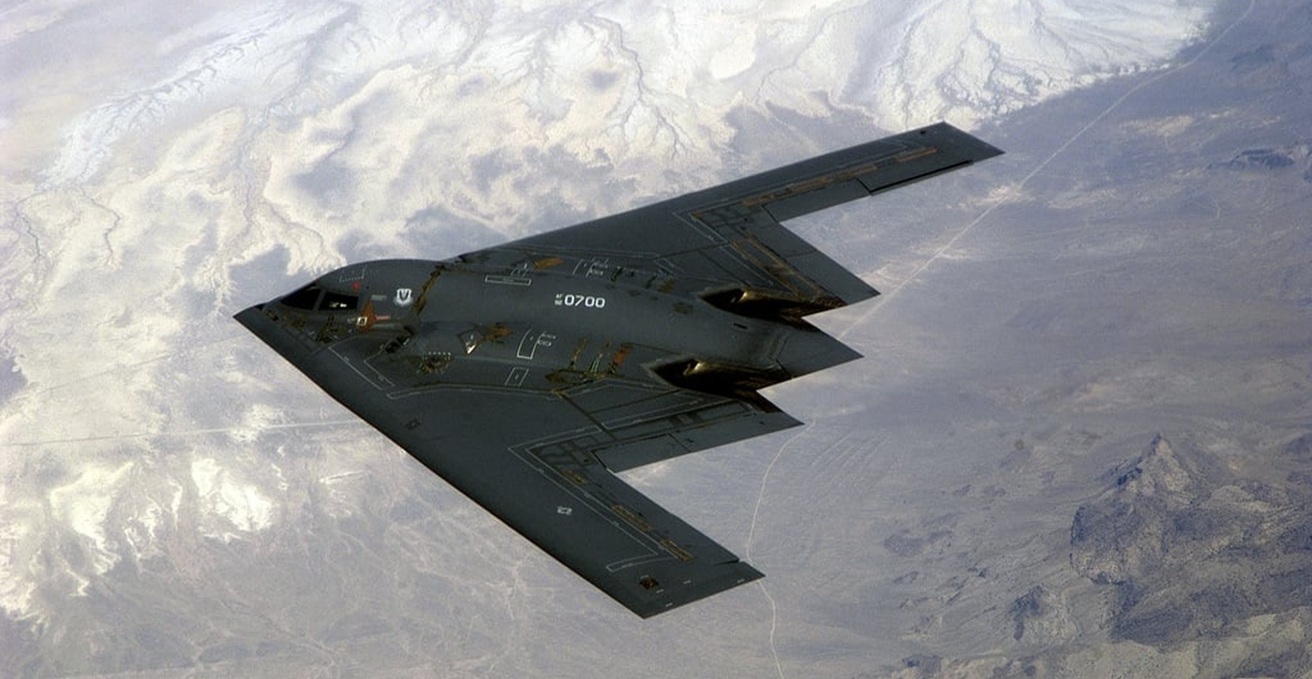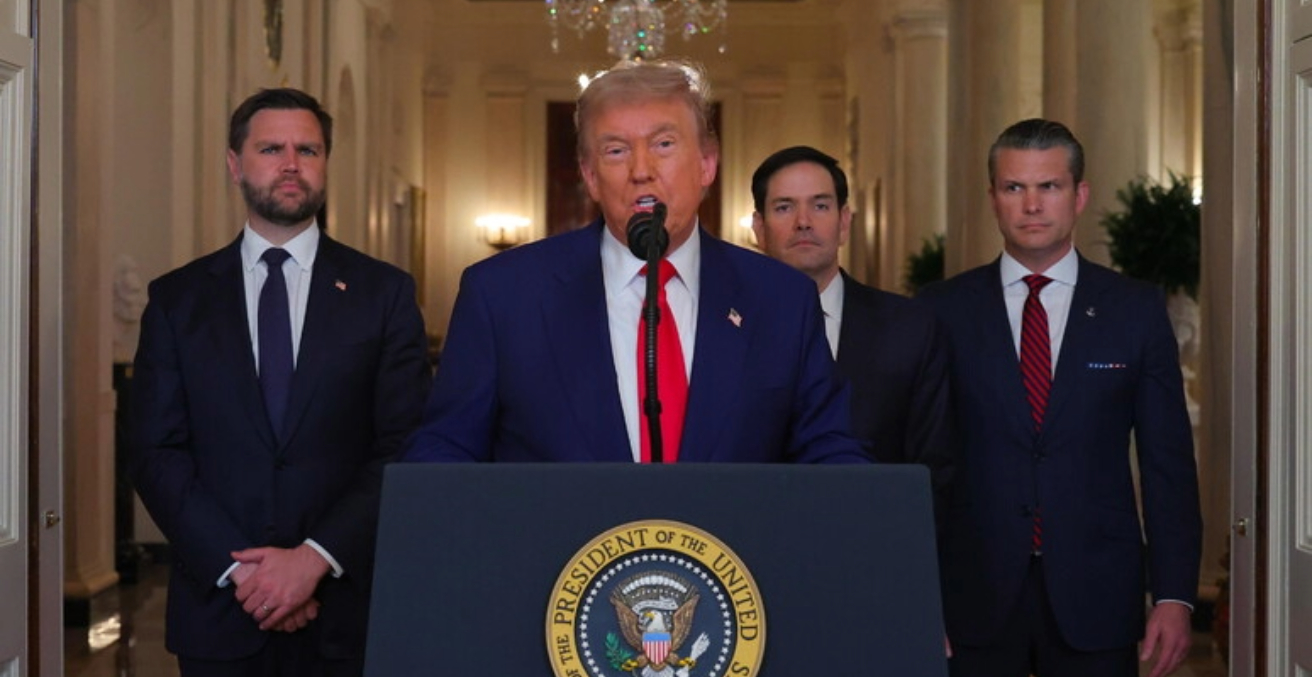In the face of increased security threats, Nordic countries turn once again to total or defence models. Yet rebuilding these whole-of-society structures comes with structural as well as political and social challenges that will take both time and resources to overcome.
Since the Russian annexation of Crimea in 2014, concepts such as “total defence” and “comprehensive security” have re-emerged as corner stones of national defence in many countries, particularly in the Nordic region. In essence, these are whole-of-society and whole-of-government approaches to national security, originally developed in the 20th century to meet the challenges of “total war.” At the heart of total defence thinking is the combination of civil and military defence, and the idea of security as a “shared task” for the whole of society. Historically, total defence served as a deterrent by allowing small states, often with limited military capabilities, to mobilise large parts of society – including the civilian population – to defend the country.
After the end of the Cold War, and with the exception of Finland, Nordic countries dismantled many of their total defence structures. Recently, however, the deteriorating security situation in northern Europe – fuelled by Russian aggression – has meant that once more, total defence concepts are being reinvented and adapted for a time of threats and crises across multiple sectors and levels of society, and across the peace-war spectrum. International interest in total defence and comprehensive security concepts is growing, as political leaders and defence establishments are seeking new ways to deal with conventional and hybrid threats, grey zone activities, and transboundary crises. The attraction of “total defence” can be readily understood. Yet organising and implementing such a concept is in many ways a daunting task, involving a wide range of structural, organisational, political, and social challenges. Some key challenges can be illustrated by looking at the Swedish case.
Swedish total defence is in many ways a vast collaborative arrangement; a large system or network including actors from all sectors and levels of society, including the armed forces, civil defence agencies, health care and educational institutions, private companies, and citizens. In case of severe crisis or war, the total defence system is activated by the government, and all societal resources are mobilised to support the armed forces in defence of the country. In theory, this should work well to deter an external enemy or to fend off an attacker. In practice, however, the system is still very much under construction, and several challenges remain.
One challenge is structural and financial. Since the 1990s and onwards, much of the total defence infrastructure of the Cold War has been sold out or dismantled. For the Swedish Armed Forces, the 1990s saw a sustained and comprehensive downsizing in terms of personnel, equipment, and bases. In 2013, the state of the country’s military defence led the then Supreme Commander, General Sverker Göransson, to comment that in case of war, Sweden could only defend a limited part of its territory for about one week. To be sure, substantial efforts have been made in recent years to remedy this situation. A (gender neutral) conscription was reinstated in 2017, and the numbers of part-time personnel and military officers is increasing. In addition, defence spending has increased substantially, and is projected to reach the 2 percent mark later this year. However, rebuilding capabilities takes time – not least when it comes to recruiting and training personnel.
When it comes to civil defence, several political decisions have been taken to clarify issues of geographical and sectoral responsibility, as well as to improve readiness among civilian public agencies. Also, in 2022, a minister for civil defence was appointed. Yet funding for civil defence is clearly lagging behind, and the implementation of civil defence reforms is still very much ongoing. In addition, for many services and supplies, including electricity, water, and communications, the state and the military depend on commercial actors. Here, globalised ownership structures and the just-in-time principles of the market make both regulation and security of supply issues more complex. In addition, stockpiles of food, fuel, and medical equipment have not been maintained to the same levels as during the Cold War. This became obvious during the COVID-19 pandemic, when lack of protective and medical equipment placed additional strains on the health care system.
Other challenges are the social and political concerns that link between defence and the wider population. The Swedish total defence concept depends on popular engagement through both coercive and voluntary means, such as military conscription (reinstated in 2017) or membership in civil defence organisations. As the country continues to rebuild total defence capabilities this link needs to be re-established and strengthened. Since the government decision in 2015 to restart total defence planning and organising, there has been a dramatic increase in strategic communication on total defence responsibilities, and major efforts to raise awareness and interest among the public.
For example, in 2018, the Cold War booklet “If War Comes” was revised and sent out to nearly 5 million Swedish households. Now entitled “If Crisis or War Comes,” the new booklet explains the Swedish total defence and crisis management system, and it emphasises the need for personal preparedness, defence willingness, and psychological resilience. It also reminds people (aged 16-70) living in Sweden of their legal obligation to participate in the country’s defence in the event of severe crisis or war. At the same time, strategic communication efforts continue through other channels, and messages such as “total defence – all of us together” or “it begins with you and me. Together, we are total defence” are commonplace on TV, on billboards, in buses, trams, and in online advertising.
Lately, public engagement seems to be growing. According to some reports, interest in military service (conscription) among young people is growing, and the influx of volunteers to military reserve organisations has increased dramatically. For example, the Swedish Home Guard received about 27,000 new applications in early 2022; roughly the amount received in 10 normal years. Most likely, the increased level of interest in voluntary defence organisations is closely tied to the war in Ukraine and with it an increased sense of insecurity and, perhaps, duty.
In conclusion, the work to rebuild Swedish total defence is very much ongoing, but certainly not finished. A brief look at some of the key challenges is enough to illustrate the organisational, structural, and socio-political difficulties involved. While total defence is familiar terrain for many people in Sweden – especially for older generations – re-establishing the link between the population and defence is likely to take time. The same goes for efforts to create functional systems for total defence collaboration across civilian-military, public-private, and local-international divides. Although the impossible promise of “total defence” is unlikely to be fulfilled, efforts to re-invent this concept for a new time are likely to remain at the top of the political agenda for some time to come, both in Sweden and elsewhere.
Dr Joakim Berndtsson is Associate Professor in the School of Global Studies, University of Gothenburg, Sweden. Berndtsson is Principal Investigator for the project “Total Defence for the 21st Century: Civilian-Military Collaboration in Scandinavia.” The project runs from 2022-2025 and is funded by the Swedish Research Council. More information about the project can be found here. Berndtsson is also co-editor (with Irina Goldenberg and Stéfanie von Hlatky) of Total Defence Forces in the Twenty-First Century (McGill-Queen’s University Press, 2023).
This article is published under a Creative Commons Licence and may be republished with attribution.




